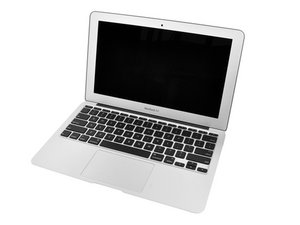Somehow I did not manage to solder the pins properly - guess this is due to poor soldering experience and equipment. Therefore a more “boy-scout-ish“ approach is used by tying the pins with a very thin copper-string (one of my copper cables was wired by multiple very thin copper-strings) .
Step 1: Extract the broken pins from the broken onboard socket (do not remove the pins which are still soldered to the mainboard, extract only the pins from the already brocken socket, see picture)
Step 2: Push the extracted pins into the socket of the connector cable (from now on we reference these pushed-in pins as “ pins at the connector cable)
Step 3: Tie the copper string to the pin at the connector cable (tie it like shoelaces (see step 1 on how to tie shoelacet)
Step 4: Repeat Step 3, so you have two knots on the pin at the connector cable
Step 5: Perform Step 3 and Step 4 on all other remaining pins at the connector cable
Step 6: Wrap the loose ends of the remaining copper string (from pin at the connector) around the corresponding pin at the mainboard and fasten it tightly (maybe wrap it around two times)
Step 7: Use hot-glue to glue pin-by-pin (Make sure it is fully covered and no copper string element is standing out and touching other pins)
Tip: Start from right to left, since the right-most two pins are responsible for power-supply, the next two pins (center of socket) for USB and the remaining left-most two pins for audio.
In total I needed to repeat steps 3 - 7 multiple times (3 or 4) to get all pins working again. So far (9 Months) everything is working fine, but I use the macbook air more stationary - I commute with it outside the house maybe once or twice a week. The remaining days I use it inside the house.
So far the CPU heating did not compromise the hot-glue paste although CPU intense tasks are performed (causing 15 or 20mins full fan speed).
Wish you good luck!







 4
4  1
1 
 2,4k
2,4k 



5 opmerkingen
Please post a good set of images of both the connector and the logic board where it was. So we can see whats damaged.
Voeg afbeeldingen toe aan een bestaande vraag
door Dan
Thanks for your reply, images are added to the post.
door Ignaz Reicht
@donpromillo - Do you have two boards? Or, where you putting your original board back?
door Dan
The original board is still with me. So I will try experimenting on that first and will break the I/O socket the same way as it happened on the replacement board. Will post a soldering strategy and hope to get feedback from you if it makes sense.
door Ignaz Reicht
Could you show a vid on soldering? I did the same mistake. Also, can you give me some info on good solders?
door Nicole Rodz